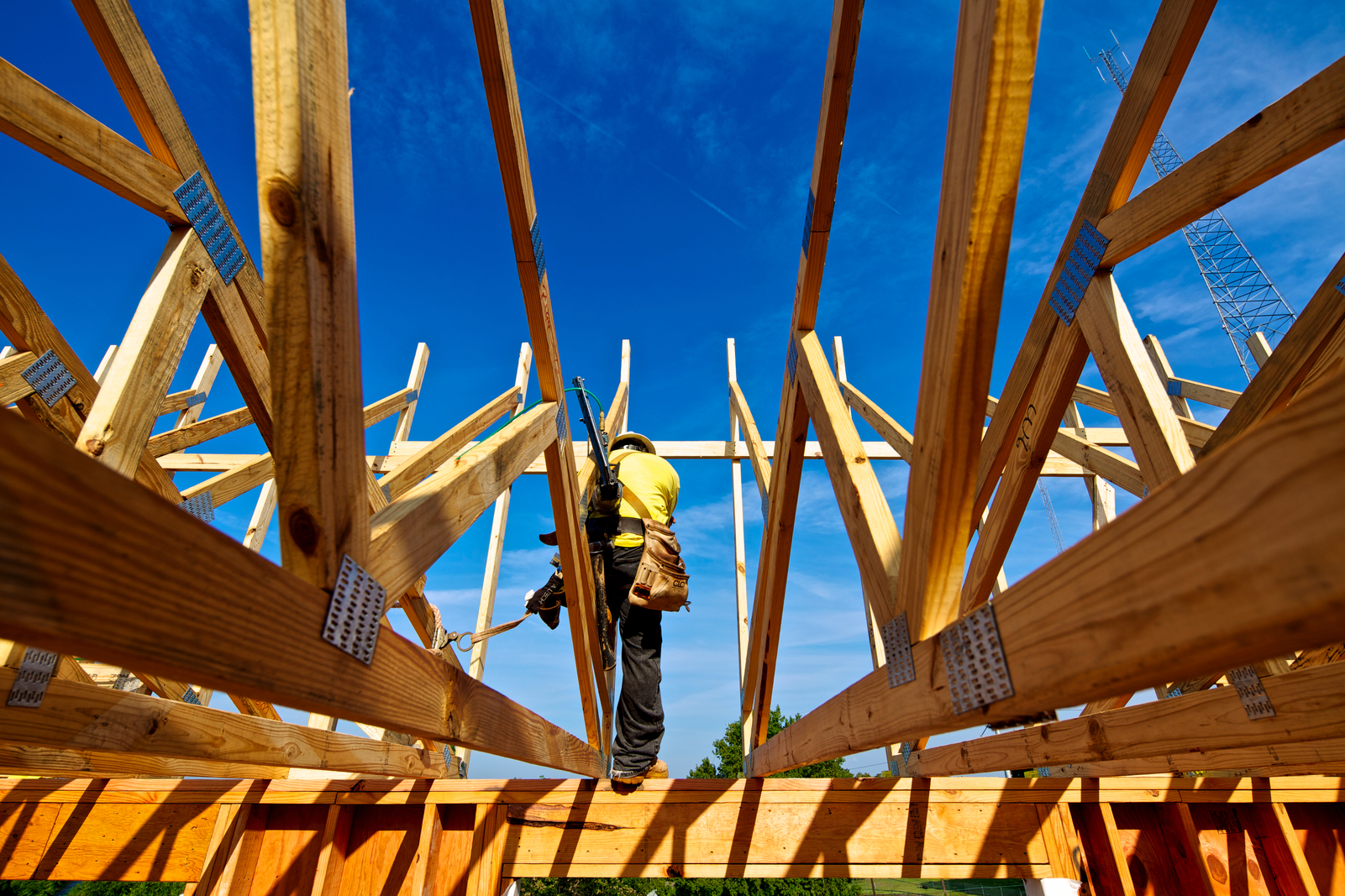Cedar is widely preferred for C log homes. It’s durable, aromatic, and naturally insect-fungus- and moisture-resistant. It also shrinks very little and does not need to be kiln-dried.
Cedar
The quality of wood used will significantly impact a log cabin’s durability, strength, and attractiveness. Because it is sturdy, rot-proof, and doesn’t shrink or warp over time, cedar is a popular option.
With its crooked and asymmetrical grain, it also has a distinctive appearance. Despite being a softwood, cedar is more robust than other softwood species. Its overall and bedding strength measurements, which are 6,020 and 8,800 psi, respectively, are equivalent to those of Douglas Fir and spruce. For its cabin homes, Frontier Log Homes, for instance, used cedar wood because of its longevity.
Its preservative natural oils repel fungus and insects, so you won’t have to worry about mold or rot in your log home. It also stains very well, unlike pine, which can be difficult to stain.
Pine
Pine is a popular softwood for log cabin construction because it is solid and inexpensive. It resists fungus and decay better than sapwood, though it can experience some shrinkage once cut. Some companies will air dry the logs prior to construction, so this isn’t a factor.
When purchasing pine, it’s essential to look for kiln-dried lumber. Kiln drying reduces moisture, which improves durability and stability. You also want to ensure that the pine you purchase is old enough to have more heartwood than sapwood.
Spruce is another good choice for log home building because it resists insects and the elements. However, it is less resistant to decay than pine or oak.
Oak
When selecting a wood species, many considerations must be made. Aside from aesthetic preferences, cost and durability are key factors.
Spruce, pine, and cypress require regular treatments to guard against rot and insects. Cypress is more resilient against mold but requires special grading at the mill and can lose moisture faster than other species. It is also more expensive and can be challenging to work with. Sometimes, salvaged or reclaimed wood can bring a unique look and story to your cabin. The most important thing is to select a species that fits your lifestyle and budget.
Redwood
A premium choice, redwood is solid and durable, making it an excellent material for log cabin construction. It also has high resistance to insects and the elements. However, it is expensive and may be difficult to find in some areas.
Fir and spruce are another common species used for log home construction. They have a good availability of large-diameter logs and are easy to cut, trim, and stain. However, they are more susceptible to rot than other species.
Kiln drying is essential for these two types of wood to be considered for log cabin construction. They also have low shrinkage rates but offer little resistance to fungus or decay.
Cypress
Cypress is a dense, soft wood that is highly resistant to rot. It also has a natural preservative that prevents fungus growth. It accepts stains well and dries quickly. It makes it an excellent option for log cabin construction.
Cypress has a lower shrinkage rate than pine or oak. It is also more substantial and resistant to rot, fungus, insects, and chemical corrosion. However, cypress can be more challenging to treat for mold. Working with an experienced builder who understands this species’ challenges is essential. It ensures that your log home is durable and lasts for years.
Fir
While any tree can be used to build log cabins, some species are more resilient than others.
Douglas Fir can be an excellent choice as well if it is old enough. It will have more heartwood than sapwood, offering a higher level of decay resistance. It’s also just as sturdy as cedar in terms of structural integrity and strength. Older trees also tend to have more insect and fungus resistance, but they should be treated and seasoned carefully to minimize this even further.
The factor of the type of wood used can distinguish between a sturdy, long-lasting log cabin and one that will fall apart over time, but as we’ve pointed out above, there are other things that seek to sink your home even if you have the best wood around. Seasonal elements, peculiarities of the wood, insects, and more can affect your home, so take precautions elsewhere as well. Log cabins can last a long time, and no matter the wood, they must be cared for properly to reach these long lives. Protect your investment!


